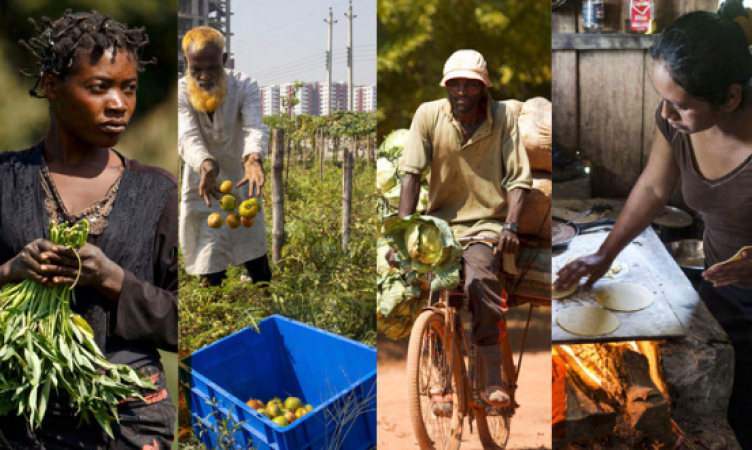
United Nations: On Wednesday, the UN provided dismal news regarding global food security: 783 million people went hungry last year, 2.4 billion people lived without constant access to food, and 148 million children had stunted growth.
While global hunger levels stabilised between 2021 and 2022, five UN agencies stated in the 2023 State of Food Security and Nutrition report that many regions are experiencing worsening food crises. They cited Western Asia, the Caribbean, and Africa, where 20% of the population—more than twice the global average—is undernourished.
The Food and Agriculture Organization's Qu Dongyu stated in a statement that "recovery from the global pandemic has been uneven, and the war in Ukraine has affected the nutritious food and healthy diets." This is the "new normal," where factors like conflict, economic instability, and climate change are eroding people's sense of security.
Also Read: The Magic of Wood Carving: How Artists Transform Simple Shapes into Three-Dimensional Masterpieces
According to FAO Chief Economist Maximo Torero, although the FAO food price index has been falling for about 15 months, "food inflation has continued." But he asserted that it "is not good for the markets" to speculate about whether the agreement, which has allowed Ukraine to export 32 metric tonnes of grain to international markets while attempting to remove barriers to Russian grain and fertiliser shipments, will be renewed when it expires on July 17.
If it isn't renewed right away, "you'll have a new spike for sure" in food prices, he predicted, but how much and how long will depend on how the markets react.
The report claims that access to a healthy diet has declined for people all over the world.
Also Read: India and the Arab League want to collaborate more on technology and green energy
A healthy diet was out of reach for more than 3.1 billion people, or 42% of the world's population, in 2021, an increase of 134 million from the previous year.
At a press conference where the report was unveiled, Torero said lowering the number of people who consume unhealthy diets "is a big challenge, because it's basically telling us that we have to substantially change the way we use our resources in the agricultural sector, in the agri-food system."
He asserted that the most recent data indicated that between 691 million and 783 million people would be chronically undernourished in 2022, a figure that would be an average of 735 million, or 122 million more than in 2019, prior to the start of the COVID-19 pandemic.
Despite the UN development goal of achieving "Zero Hunger" by 2030, according to Torero, 600 million people will still be suffering from chronic undernourishment in 2030.
The heads of FAO, the World Food Programme, the International Fund for Agricultural Development, UNICEF, and the World Health Organisation wrote in the report's foreword that achieving Zero Hunger "poses a daunting challenge." To achieve the goal, they urged increased efforts "to transform agri-food systems and leverage them".
According to the report, children continue to experience malnutrition, with 148 million children under the age of 5 being stunted, 45 million being too small for their height or "wasted," and 37 million being overweight.
According to Torero, the five agencies examined increased urbanisation and discovered that consumers of mass market goods are also found in rural and semi-urban areas.
"Normally, we used to believe that rural people will consume what they produce, but that's not the case," he said, pointing out that while in semi-urban and urban areas the percentage is higher, nutrition is affected because more processed foods are consumed there. In rural areas, about 30% of the family's food basket is purchased from the market.
Also Read: UK's Defense Secretary Wallace Declares: We're No Amazon for Weapons to Ukraine
While the war in Ukraine was still going on in 2022, WFP Chief Economist Arif Husain told reporters in a virtual briefing that the agency was able to help 160 million people, up from 97 million in 2019, thanks to the donor community's contribution of $14.2 billion.
He cited WFP donations of only $4.2 billion by last week, which were 29% lower than at the same time last year, saying, "My concern is that moving forward we are looking at huge funding cuts."